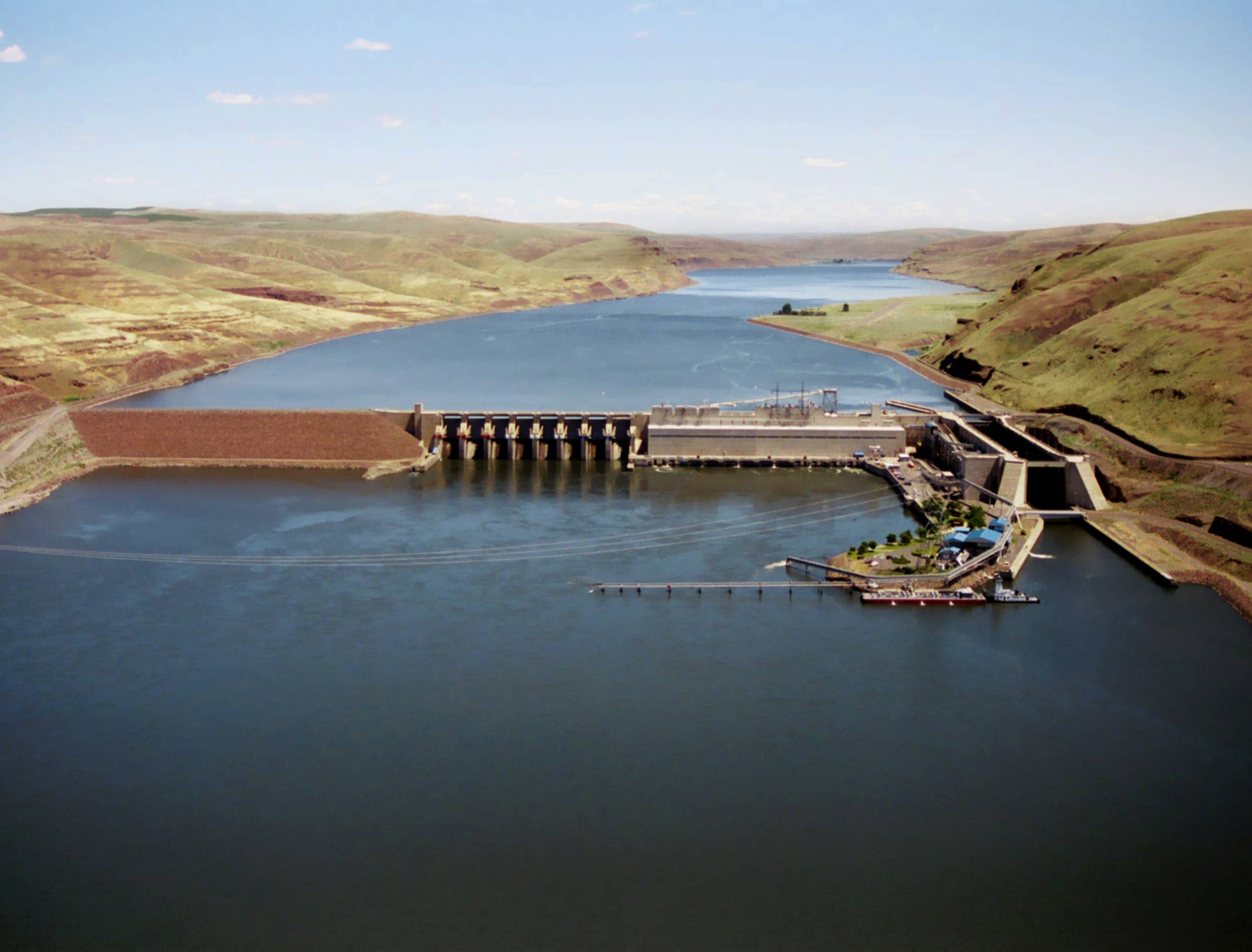
Today (Wed), a group of Northwest lawmakers is asking President Joe Biden for additional information on a “package of actions and commitments” the United States Government negotiated with plaintiffs, states, and tribes in ongoing litigation over Columbia River System Operations (CRSO).
In a letter to President Biden and administration officials, U.S. Representatives Cathy McMorris Rodgers (WA-05), Dan Newhouse (WA-04), Cliff Bentz (OR-02), and Russ Fulcher (ID-01) write:
“As best we can tell, this document reflects the negotiating positions of the U.S. Government (USG) in the long-standing mediation concerning the Columbia River System Operations (CRSO). Due to the document’s use of vague and imprecise language, it appears susceptible to misinterpretation.”
“It is imperative that our constituents, whose livelihoods depend on the Columbia River System, have a comprehensive understanding of this document’s contents so they can anticipate and prepare for the wide-ranging impacts that will inevitably be felt across the region should the commitments detailed in this document be realized,” they continue. “Additionally, as Members of Congress representing the Pacific Northwest and tasked with oversight of the Executive Branch, it is our duty to ensure any actions committed to as part of this agreement do not circumvent by any means the congressional authorization that would be required to execute certain proposed provisions, such as the removal of certain dams.”
Throughout the letter, the lawmakers raise numerous questions about provisions in the document that require clarification from the Biden administration.
On how the agreement would establish the “Pacific Northwest Tribal Energy Program”:
- Why does this program apply to only four of the more than 40 federally recognized Tribes in the Pacific Northwest?
- Does the USG seek to advance efforts to breach the Lower Snake River dams after securing this “replacement” power?
- Will these actions reduce the independence of the Bonneville Power Administration (BPA) in effectuating ratemaking decisions, assessing its statutory responsibilities, and setting its rates? If so, what will be the impact to ratepayers in the region?
On how the document states that “[t]he science is clear, and now so must be our path forward”:
- On what specifically is the science clear?
- Did the USG rely on any additional scientific reports or studies, other than the NOAA report, which show categorically the science on salmon recovery in the Columbia River basin is clear? If so, why is this the only report cited by the USG in this document?
- During the RFI process, was ample time and consideration given to peer-reviewed sources provided by stakeholders in the region?
- According to the Government Accountability Office (GAO), salmon face several health impacts from impaired water quality in the Puget Sound. Why is the USG relying on a report that does not take this and other factors that impact salmon runs into account?
- Did the Council on Environmental Quality (CEQ) play a role at any stage in the development of the NOAA report? If so, please describe the nature of their involvement.
On the section of the document advancing an “urgent, comprehensive strategy to (a) restore salmon and steelhead to healthy and abundant levels”:
- How are the terms “healthy and abundant” defined?
- What is the plan to fund the $200,000,000 commitment for the Phase 2 Implementation Plan for salmon reintroduction?
On determining “replacement” energy services for the Lower Snake River dams:
- Will this “accounting mechanism” incorporate grid reliability, including the 24/7 baseload energy deployment potential these dams provide, as a factor in determining replacement energy services?
- Will this accounting approach also solicit input from power providers in the region prior to the release of any guidance pertaining to the replacement of these resources?
On potentially breaching the four Lower Snake River dams:
- Is your administration hoping the studies and actions funded by this report will substantiate enough “evidence” to undermine the economic viability of the hydroelectric system?
- Is there any scenario that would lead your administration to proceed with breaching without express authorization from Congress?
- Is it your official position at this point in time that these dams should ultimately be breached?
On securing appropriations to implement this package of actions and commitments:
- Are appropriations from Congress being relied upon to fund any of the commitments contained in these Actions and Commitments, and if so, what specific commitments will appropriated funds be sought for?
- Have there been consultations with any Members of Congress in drafting either this section or any of the other commitments made in the document? If so, have written assurances of authorizing appropriations of these funds been made?
- What happens should the necessary “authorizations and appropriations” not be secured?
In conclusion, the members write, “we respectfully request that a list of groups and individual voices that were included in the development of this package be provided so we can ensure it truly reflects what is in the best interest of the people we serve, as well as the marine populations it aims to protect. Furthermore, we have attached the ‘package of commitments’ to this letter to assist you in providing us with answers to the questions presented above. It is crucial that clarity and certainty is provided so we can achieve our common goal of a durable, long-term strategy for the future of the CRSO.”
You can read the full letter, which includes the package of commitments, by clicking HERE.

